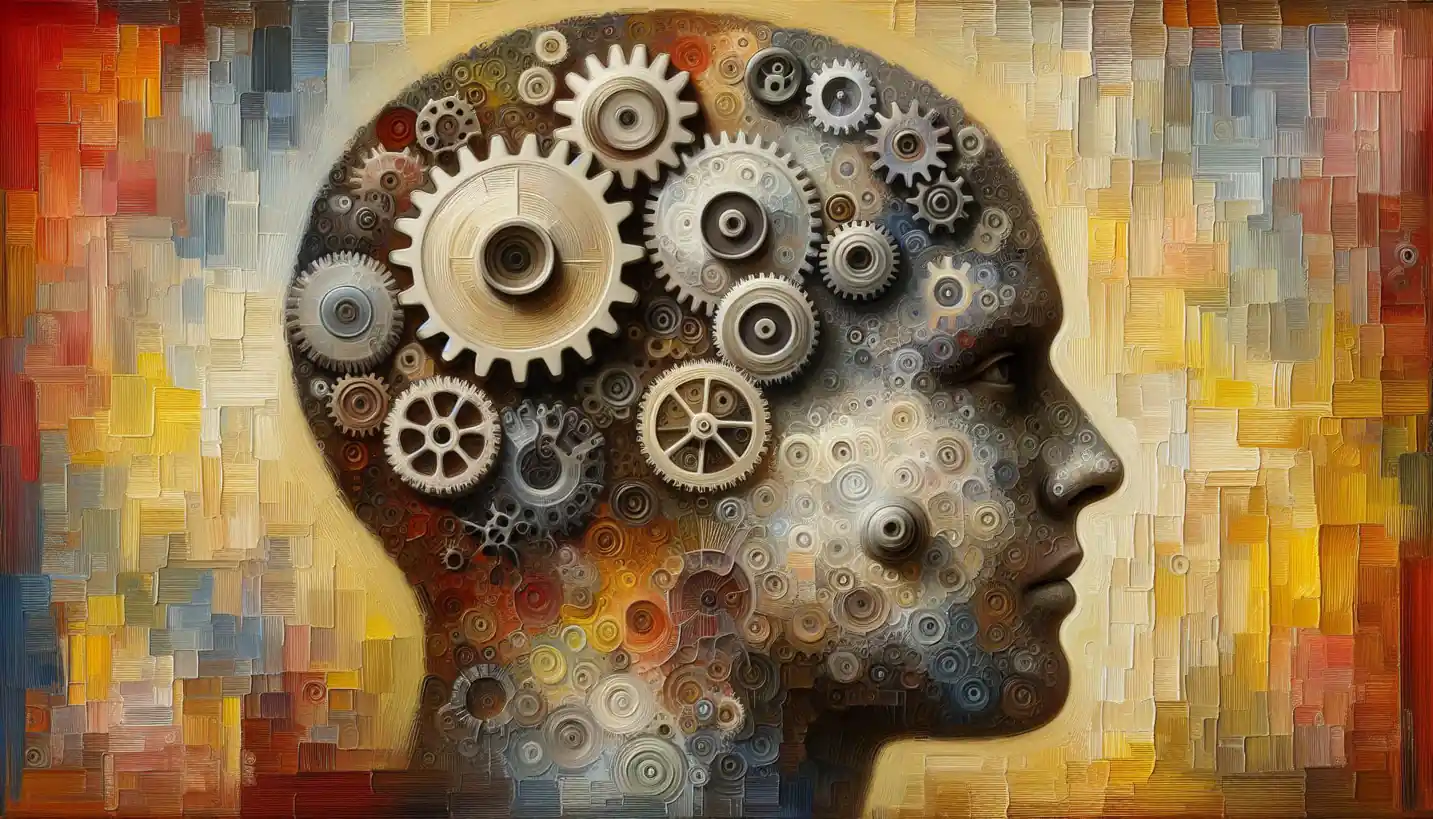· Psychology · 5 min read
Signal Detection Theory: Understanding How We Perceive the World
Delve into signal detection theory to uncover how we perceive and interpret the world around us.

Think about how you’re able to hear your name being called in a crowded room. It’s quite amazing, isn’t it? This incredible skill of detecting specific signals among noise relates to a fascinating concept in psychology known as Signal Detection Theory (SDT).
What is Signal Detection Theory?
Signal Detection Theory is like your personal alert system—it explains how we discern between different stimuli in the midst of background noise. Whether it’s hearing your name in a bustling café or noticing a faint light in the dark, SDT helps us understand these processes. Initially developed during World War II, it was used to improve radar technology, but it has since become a vital tool in psychology, particularly in understanding human perception.
How Does Signal Detection Theory Work?
To grasp Signal Detection Theory, imagine it as a mix between being an effective decision-maker and having a sharp sensory system. It recognizes that human perception isn’t perfect; we sometimes notice things that aren’t there or miss things that are. These are called false alarms and misses, respectively.
Imagine you’re a radar operator during WWII. Your job is to identify enemy aircraft amid a barrage of noise. Sometimes you might mistakenly detect a plane that isn’t there (a false alarm), or fail to notice one that is (a miss). SDT helps make decisions by balancing these errors against the hits (correct detections) and correct rejections (realizing there’s nothing there).
The Role of Noise and Decision Criteria
Noise is all the irrelevant data or stimuli around you. The rustling of leaves, a distant car engine, or idle chatter all contribute to background noise. Humans are equipped with decision criteria—a threshold or point where we decide if a signal is significant enough to acknowledge. If your criteria are too strict, you may miss things; too lax, and you could notice too much noise.
Real-life Examples of Signal Detection
Consider a doctor examining an x-ray to find signs of a disease. They must differentiate between what’s normal (noise) and what suggests illness (signal). Their decision-making is guided by experience and training, much like a well-tuned version of Signal Detection Theory.
Or take fire alarms. When you hear a fire alarm, you decide whether it’s a false alarm or a real emergency. This involves a quick assessment of both the situation and the environment, aided by SDT principles.
Psychological Insights from Signal Detection Theory
Signal Detection Theory provides valuable insights into various psychological studies. It helps psychologists understand how people perceive romantic interest, detect danger, or even how we might over- or under-react to different social signals. SDT illustrates that human perception is not only about sensitivity to stimuli but also about the subjective decision-making process.
The Science Behind Signal Detection: Hits, Misses, and More
The SDT framework uses terms like hits, misses, false alarms, and correct rejections to describe how we interact with signals amid noise. These categories help in quantifying our ability to detect important information correctly. For instance, in a laboratory setting where participants are asked to detect a faint sound, each moment of detection or non-detection can be classified using these terms.
Hits
A hit happens when there is a signal, and you correctly identify it. Imagine hearing your phone ring and answering it; that’s a hit.
Misses
A miss is when a signal occurs, but you fail to detect it. Think about a text message alert you didn’t hear because you were engrossed in a book.
False Alarms
A false alarm is detecting a signal that wasn’t there—essentially, a mistake. Picture rushing to answer a phone that wasn’t actually ringing.
Correct Rejections
These occur when there’s no signal, and you correctly acknowledge that there’s nothing to pay attention to—like confidently ignoring the nonexistent phone ring.
Importance and Applications of Signal Detection Theory
Signal Detection Theory has applications across various fields beyond psychology. Military decisions, medical diagnostics, even online data analysis use principles of SDT. It’s pivotal in situations requiring quick, accurate decision-making where the stakes are high.
In human factors psychology, SDT is used to design systems that help people make better decisions. For example, developing user interfaces for pilots involves ensuring they can detect critical warnings. Even social situations—like interpreting a friend’s tone—can be better understood through SDT.
The Future of Signal Detection Theory
As technology advances, the applications of Signal Detection Theory are expanding. From enhancing artificial intelligence in recognizing patterns to developing new tools in neuroscience, SDT continues to reshape how we interact with information.
Open Questions and Exciting Directions
Could we refine SDT to improve virtual communication systems? How might SDT aid in creating more intuitive user interfaces? These questions hint at the endless possibilities and the continued evolution of SDT in our increasingly complex world.
Why Signal Detection Theory Matters
Ultimately, Signal Detection Theory provides a robust framework for understanding our perceptual world. It highlights our ability to make sense of our surroundings, balancing sensitivity and caution. By recognizing these patterns, we can make more informed decisions, both personally and professionally.
Ever think about how your brain masters this art of perception? Signal Detection Theory offers a peek into that vibrant, dynamic process. It’s a vibrant dance of detecting, deciding, and discerning—a true testament to our cognitive prowess.


